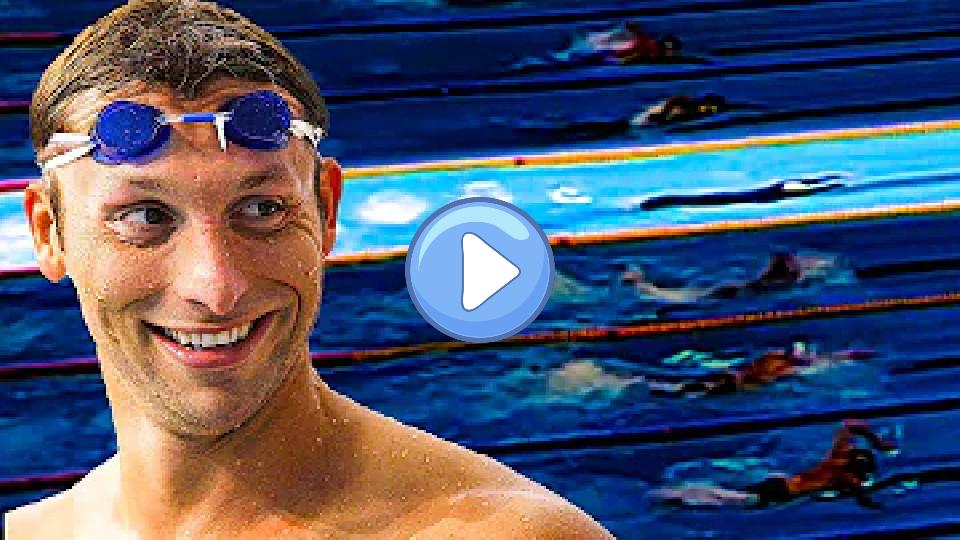Ian Thorpe's Sports Injuries
Type of Sport: Swimming
Ian Thorpe's Sports Injuries Table
| Type | Area | Date | Consequences | Content | How It Happened | Recovery Duration | Rehabilitation Details | Impact On Career | Psychological Impact | Previous Injuries | Return To Competition | Severity | Treatment | Medical Staff | Long Term Impact | Preventive Measures | Competition Missed | Initial Symptoms | Re Injury Risk | Support System | Rehabilitation Location |
|---|---|---|---|---|---|---|---|---|---|---|---|---|---|---|---|---|---|---|---|---|---|
| Ankle Injuries | left ankle | 2004-03-09 | Swelling, pain, and limited mobility | Ian Thorpe twisted his left ankle during a dryland training session, which caused swelling and pain. This injury required immediate attention to reduce inflammation and ensure he could return to training promptly. | Twisted ankle during dryland training | 3 weeks | Rest, ice, compression, and elevation (RICE) method, followed by physical therapy | Minor disruption in training schedule | Frustration due to interruption in training | None reported in the ankle area | 2004-04-01 | Mild | RICE method and physical therapy | Team physiotherapist | No lasting impact reported | Improved warm-up routines and ankle-strengthening exercises | None | Immediate pain and swelling | Low with proper rehabilitation | Coaching staff and medical team | Team training facilities |
| Back Injuries | lower back | 2006-01-19 | Severe pain and limited mobility | Ian Thorpe strained his lower back during a weightlifting session, which resulted in severe pain and restricted his ability to train. This injury required a comprehensive rehabilitation program to ensure full recovery. | Strain during weightlifting session | 6 weeks | Rest, physical therapy, and gradual return to training | Significant impact on training and competition schedule | Increased anxiety about future performance and injury recurrence | None reported in the back area | 2006-03-05 | Severe | Physical therapy and rest | Team physiotherapist and sports doctor | Potential for future back problems if not properly managed | Improved lifting techniques and core strengthening exercises | Several training sessions and a minor competition | Immediate severe pain and stiffness | Moderate to high if not properly managed | Coaching staff, medical team, and family | Team training facilities |
| Shoulder Injuries | right shoulder | 2000-05-14 | Pain and restricted movement | Ian Thorpe experienced significant pain in his right shoulder due to overuse and the intense training regimen he was following in preparation for the Sydney Olympics. This injury required careful management to ensure he could compete at his best during the games. | Overuse and intense training leading up to the Sydney Olympics | 2 months | Physical therapy, rest, and modified training | Temporary setback but managed well to compete in the Olympics | Increased stress and pressure to perform despite the injury | None reported in the shoulder area | 2000-07-15 | Moderate | Physical therapy and rest | Team physiotherapist and sports doctor | No lasting impact reported | Incorporation of shoulder-strengthening exercises and better training plans | None | Pain and stiffness | Moderate if not properly managed | Coaching staff and medical team | Team training facilities |
Ian Thorpe's Sports Injuries Videos
He changed swimming forever in less than four minutes!
The 2000 Sydney Olympics marked a pivotal moment for swimmers worldwide. After the 400 meters freestyle event, many swimmers reassessed their techniques. On August 22, 1999, a year before the Olympics, Australian swimmer Ian Thorpe broke the world record in the 400 meters freestyle with his unique and controversial technique. Despite initial skepticism, Thorpe continued to break records, including the 200 meters freestyle.
Thorpe's technique, characterized by a smooth glide and extended arm during breathing, allowed him to maintain a more horizontal balance and reduce the number of strokes needed. This efficiency was evident as he took significantly fewer strokes than his competitors while maintaining greater speed. For instance, Thorpe took 232 strokes in the 400 meters freestyle, compared to his closest competitor's 320 strokes, finishing three seconds faster.
Thorpe's innovative style caught the attention of swimmers and coaches globally, influencing training and techniques. His legacy continued to inspire, notably impacting a young swimmer, Michael Phelps, who watched Thorpe's performance closely.
The culmination of Thorpe's influence was evident in the 2004 Athens Olympics during the 200 meters freestyle, known as the "Race of the Century," featuring Thorpe, Phelps, and other top swimmers. Thorpe's freestyle technique remains a model for middle-distance swimming, with his 400 meters freestyle world record still standing as one of the fastest times in textile suits. His advice to swimmers: leave your arm in front longer, especially when breathing.

This still gives me chills.
Ian Thorpe, one of the greatest swimmers, created lasting memories at the Sydney 2000 Olympics, particularly in the 4x100 relay. As the anchor leg, he initially fell behind Gary Hall but made a remarkable comeback in the final 50 meters to secure victory for Australia. This moment is still vividly remembered by fans. Thorpe's unique technique, including his head position and long strokes, set him apart. His head tended to look forward more than most elite swimmers, possibly to enhance his kick. Thorpe had one of the longest strokes in freestyle swimming, with a shoulder rotation angle of about 34 degrees, which is optimal for maintaining balance and minimizing strain. His kick was powerful and flexible, originating from the hip with a wave-like motion. Thorpe's hand entry was well-positioned, and his catch technique was impressive, with an arm angle of about 105 degrees. His breath timing was early, allowing effective catch and rotation synchronization. Thorpe's controlled breathing, primarily through the nose, helped maintain his rhythm and efficiency in the water.

Ian Thorpe in Shock: 'Why Did This Happen?'
Ian Thorpe was left "utterly gutted" after failing to qualify for the finals in the 200m freestyle, finishing 12th overall. Despite hopes of a strong comeback, his performance was slower than expected, leaving him questioning why it happened. His time was significantly slower than his personal best, turning his fairytale return into a nightmare. His final Olympic bid will be in the 100m freestyle, a challenging task ahead.

The Inner Battle Swimming Star Ian Thorpe Faces | Legends Live On
Ian Thorpe, a five-time Olympic champion, is celebrated as one of Australia's greatest sporting sensations. Despite his early media exposure, he maintained focus and achieved remarkable success, breaking world records and winning multiple Olympic gold medals. Thorpe's journey was marked by challenges, including dealing with depression and media pressure. He eventually retired, finding new purpose in advocacy and charity work, particularly in indigenous health and marriage equality. Thorpe's legacy extends beyond his swimming achievements, as he continues to inspire future generations with his dedication to equality and his role as a mentor and role model.

Ian Thorpe seen in a wheelchair
Australian swimming great Ian Thorpe has been spotted in a wheelchair at the Olympic trials in Brisbane.

Ian Thorpe - False Start Report
Ian Thorpe returned to compete in the 200m freestyle heat, securing an easy victory. However, the focus remained on his disqualification for a false start in the 400m, which led to public calls for Swimming Australia to reconsider their Olympic selection process. Despite support from past Olympic champions and political figures, the selection process remains unchanged. Thorpe will now focus on the 100m and 200m events, while others aim for his world record at the Athens Olympics.

Five-Time Gold Medalist Ian 'Thorpie' Thorpe Opens Up About His Mental Health | Head Above Water
Ian Thorpe discusses his mental health struggles after retiring from swimming and his involvement with "Labs for Life," a mental health initiative by Reach Out, for which he is a patron and board member. He shares his personal challenges in adjusting to life post-sport, the feelings of guilt and depression despite his successful career, and the importance of seeking support. The initiative encourages people to swim and raise funds for mental health services, emphasizing the benefits of exercise for mental well-being. Thorpe highlights the higher incidence of mental health issues in elite sports and the need for better preparation for athletes transitioning to life beyond their sports career.

Ian Thorpe at Sydney 2000 | Epic Olympic Moment
Ian Thorpe - Countdown to Rio 2016 - 31 Iconic Olympic Moments: A 17-year-old Ian Thorpe wins 5 medals for Australia at Sydney...

